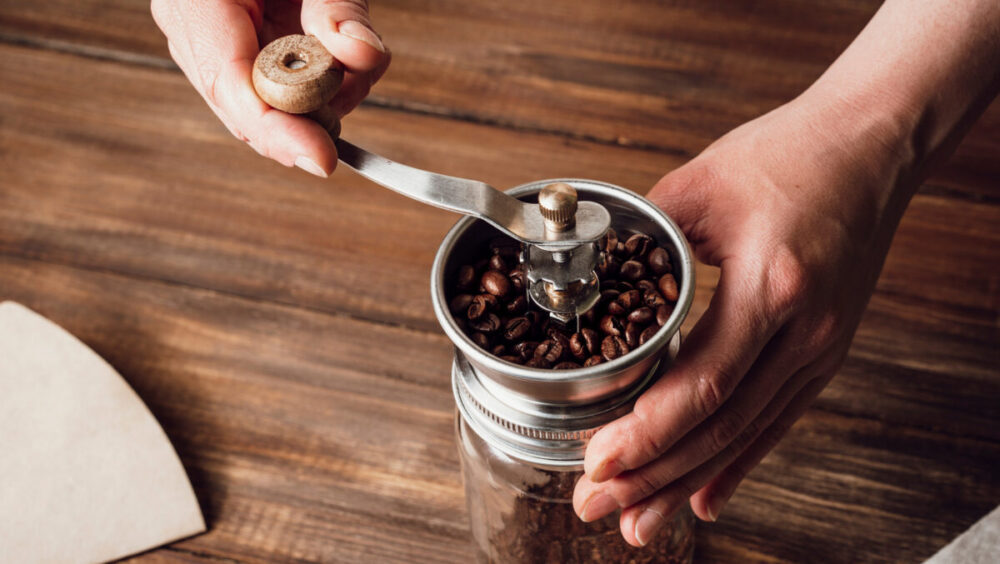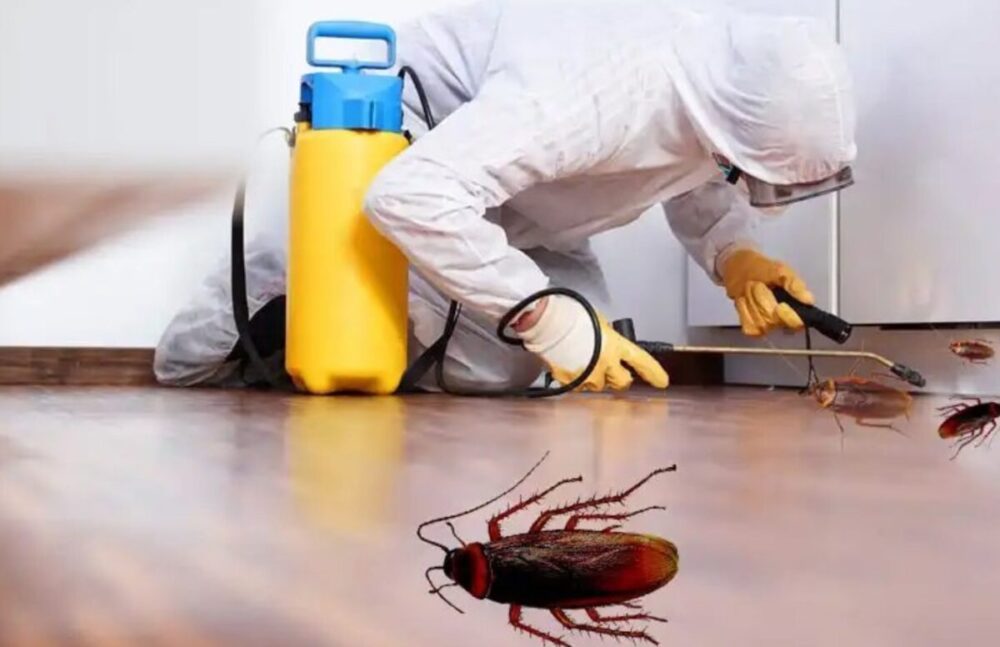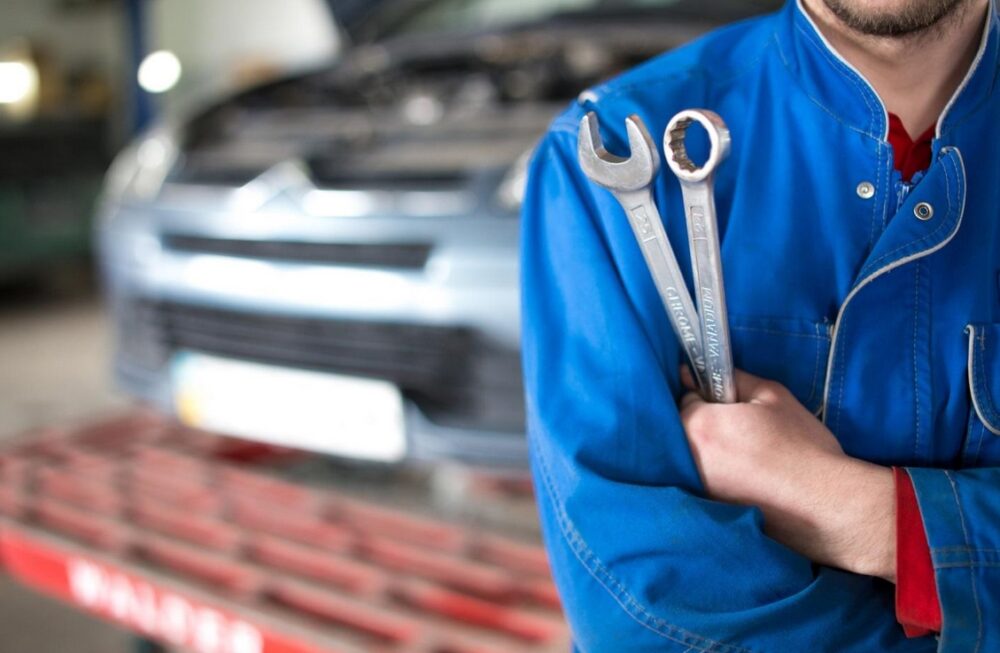Grinding coffee beans is an art form, a ritual for many, and a crucial step in brewing the perfect cup of coffee. The way you grind your beans affects the flavor, aroma, and overall quality of your coffee. Let’s embark on a journey through the world of coffee grinding, exploring the nuances and techniques that can elevate your coffee experience.
Choosing the Right Grinder
The first step in grinding coffee beans is selecting the appropriate grinder. There are mainly two types of coffee grinders: blade and burr. Blade grinders, akin to blenders, chop the beans, often resulting in uneven grounds. On the other hand, burr grinders, which utilize two revolving abrasive surfaces, offer more consistency and control. A good burr grinder might be an investment, but for coffee enthusiasts, it’s a worthwhile one. The consistency in grind size it offers is paramount for extracting the full flavor of your coffee.
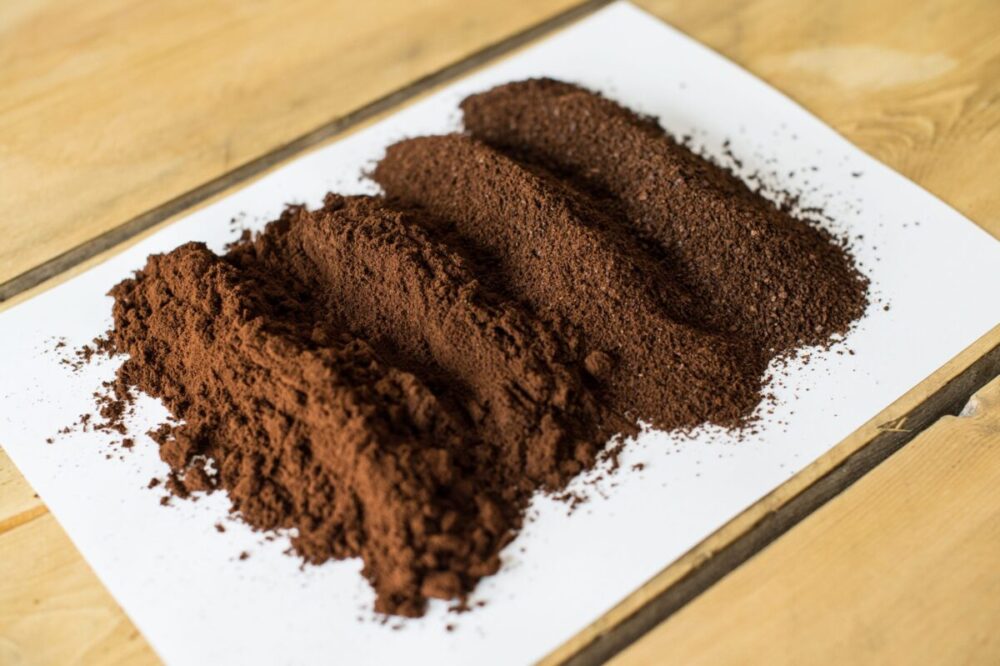
Understanding Grind Sizes
Grind size matters immensely. Different brewing methods require different grind sizes. A fine grind, resembling powdered sugar, is ideal for espresso. Medium grind, akin to the consistency of sand, suits methods like drip and pour-over. Coarse grind, with chunkier particles, is perfect for French press or cold brew. The wrong grind size can lead to under-extraction (sour, weak coffee) or over-extraction (bitter, harsh coffee), so according to the experts from Lux Cafe Club getting this right is crucial.
The Freshness Factor
Grind your beans as close to the brewing time as possible. Once ground, coffee beans start to oxidize and lose their flavor rapidly. If you grind your beans the night before, you’ll miss out on the richness and depth of flavor that freshly ground beans offer. For the freshest taste, grind your beans just before brewing.
Quantity Matters
The coffee-to-water ratio is essential for a perfect brew. Generally, a ratio of 1:15 (coffee to water) works well for most brewing methods, but feel free to adjust according to your taste preference. Ensure you’re using the right amount of coffee for the amount of water you’re brewing with. Too much coffee can make your cup overwhelmingly strong, while too little can result in a weak, underwhelming brew.
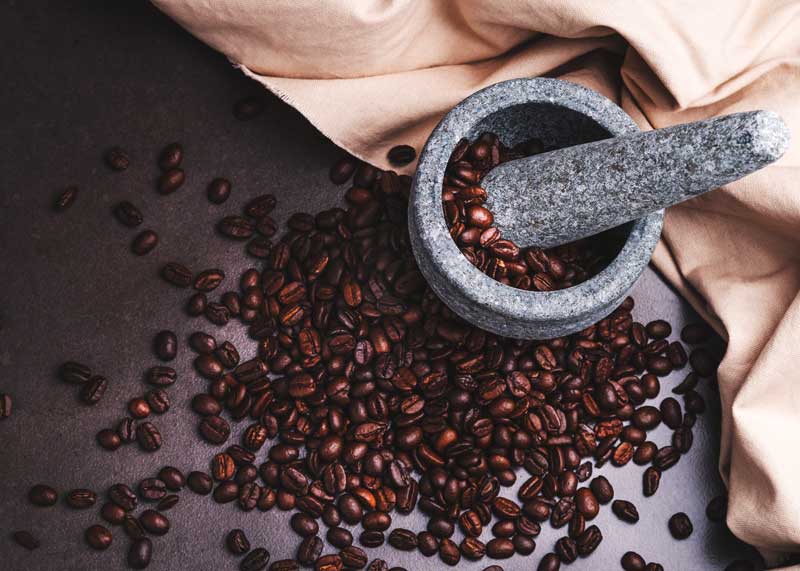
Temperature and Grinding
Temperature plays a subtle yet significant role in grinding coffee beans. High temperatures can affect the oils in the beans, altering the flavor. It’s advisable to let your beans come to room temperature if they’ve been stored in a cold place. Also, some grinders can heat up during the grinding process. If you’re doing multiple batches, give your grinder a little break to cool down.
Cleaning and Maintenance
Maintaining your grinder is crucial for consistent quality. Coffee oils and small particles can build up over time, affecting the taste of your coffee and the performance of your grinder. Regular cleaning ensures that each batch of coffee is as fresh as possible. Most grinders come with specific instructions for cleaning. Follow them diligently to extend the life of your grinder and ensure the quality of your coffee remains high.
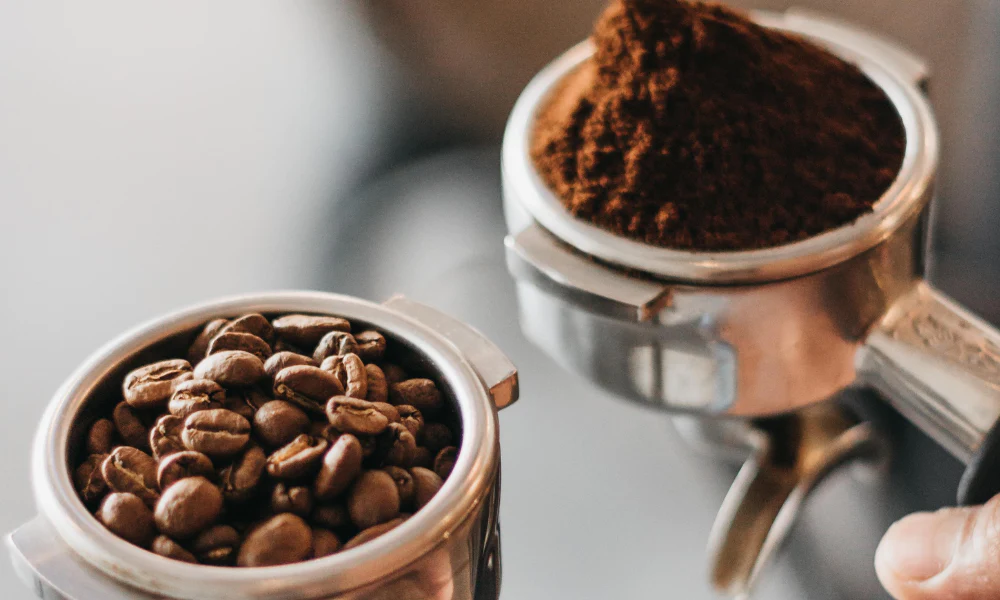
End Note
In conclusion, grinding coffee beans is more than just a step in the brewing process; it’s a crucial element that can make or break the quality of your cup. Select the right grinder, understand the importance of grind size, ensure the freshness of your beans, be mindful of the quantity, consider the role of temperature, and maintain your grinder.

